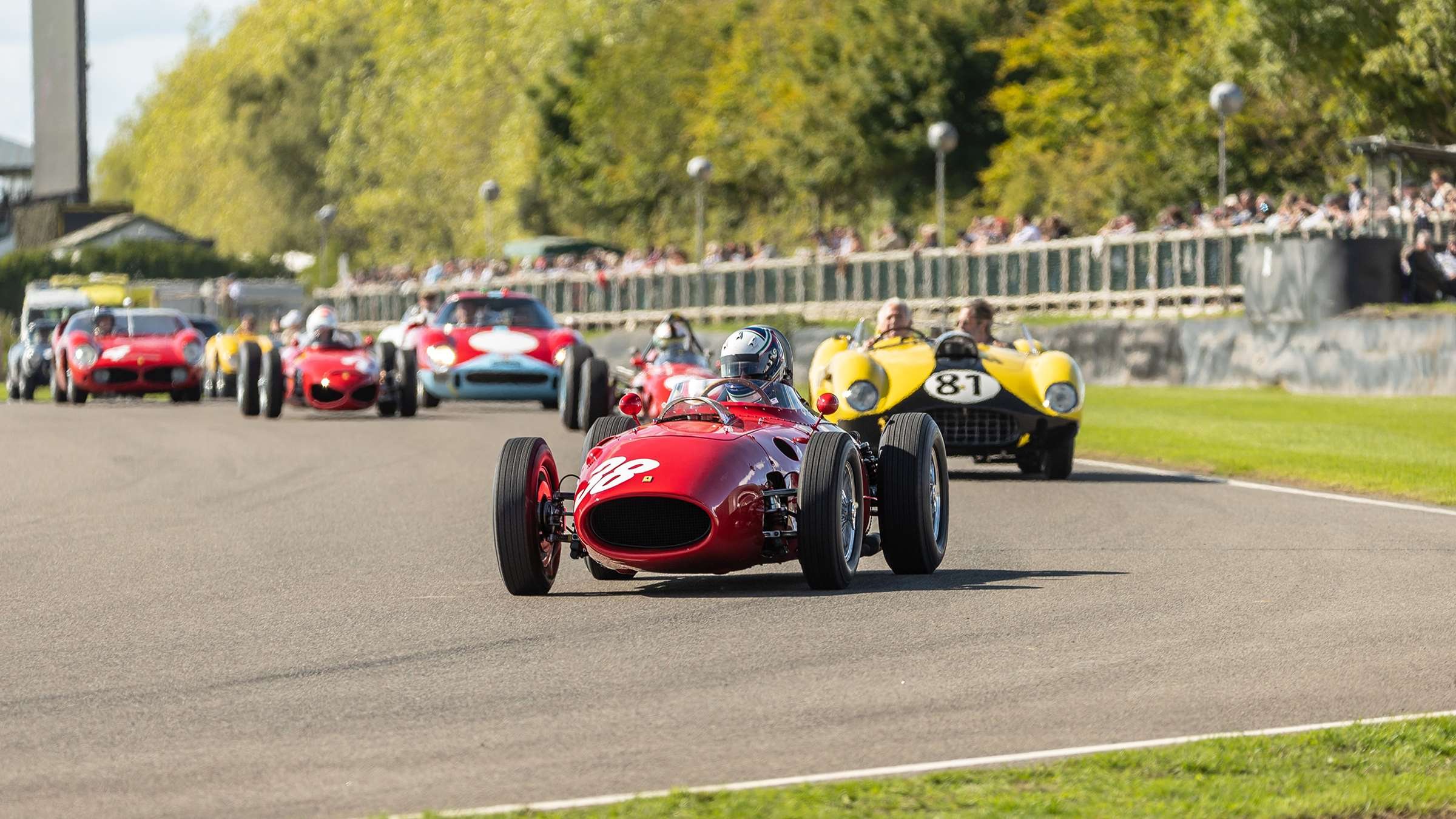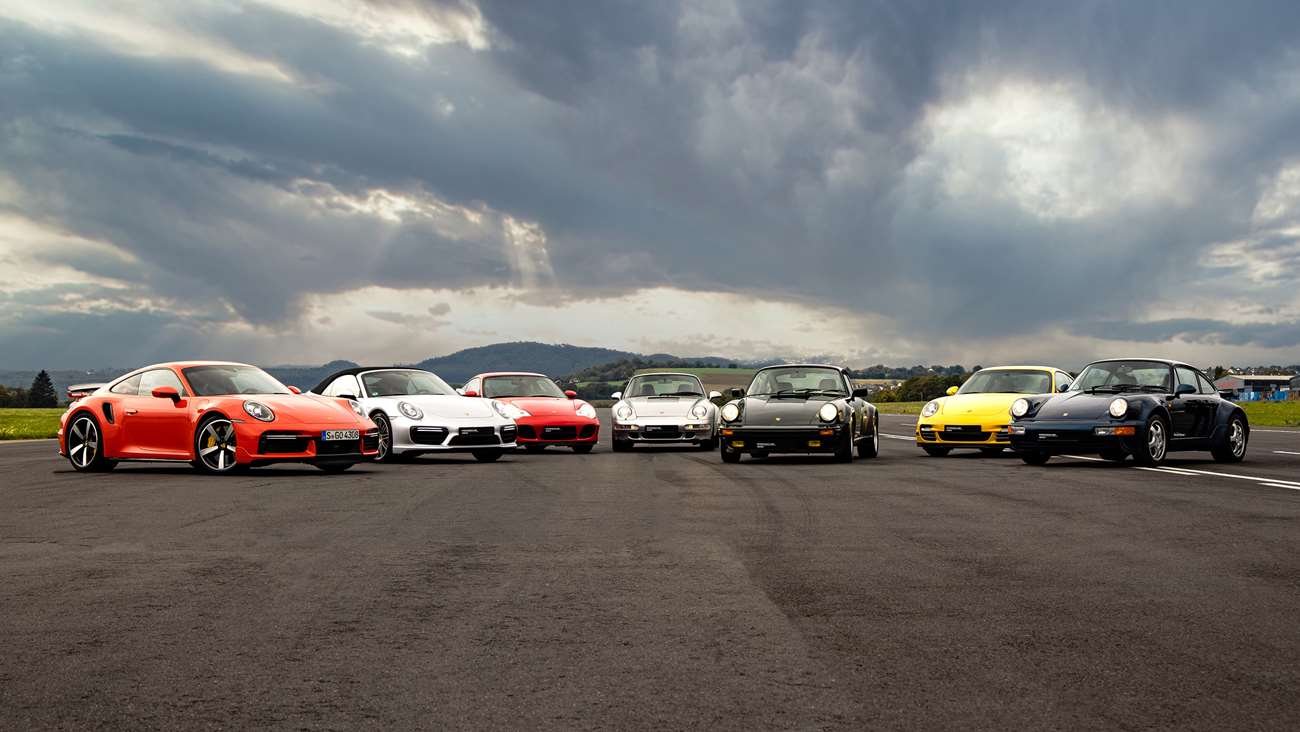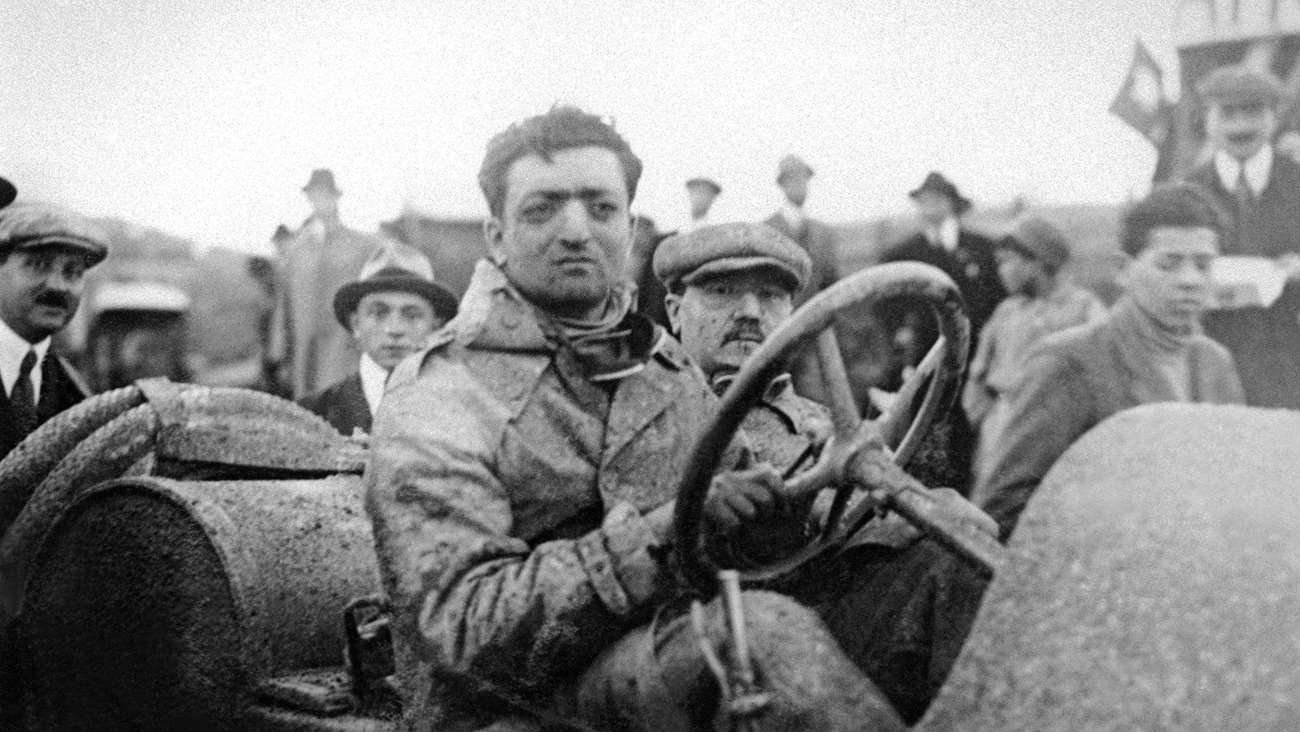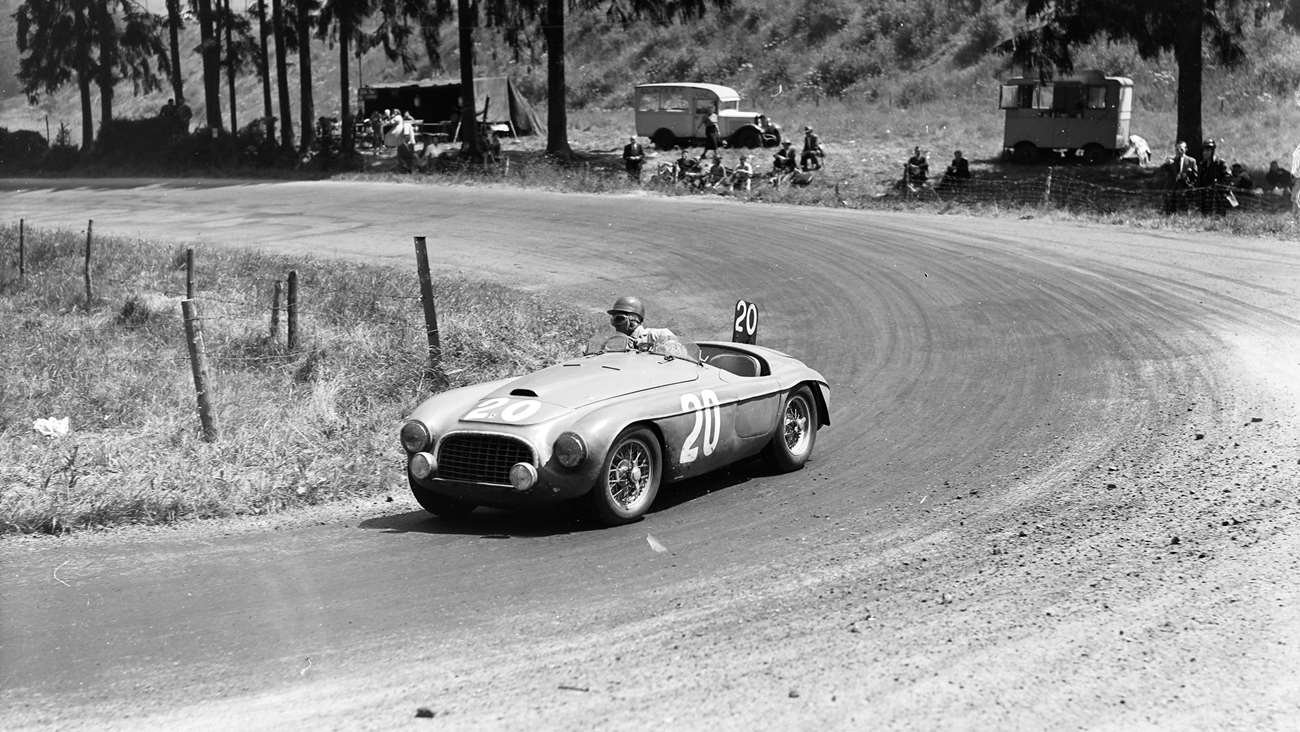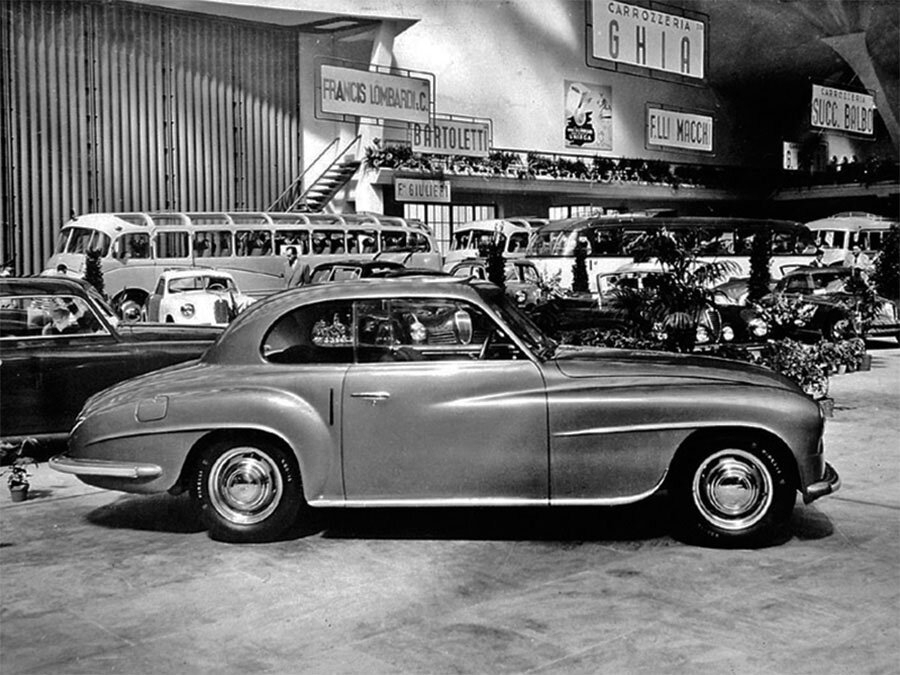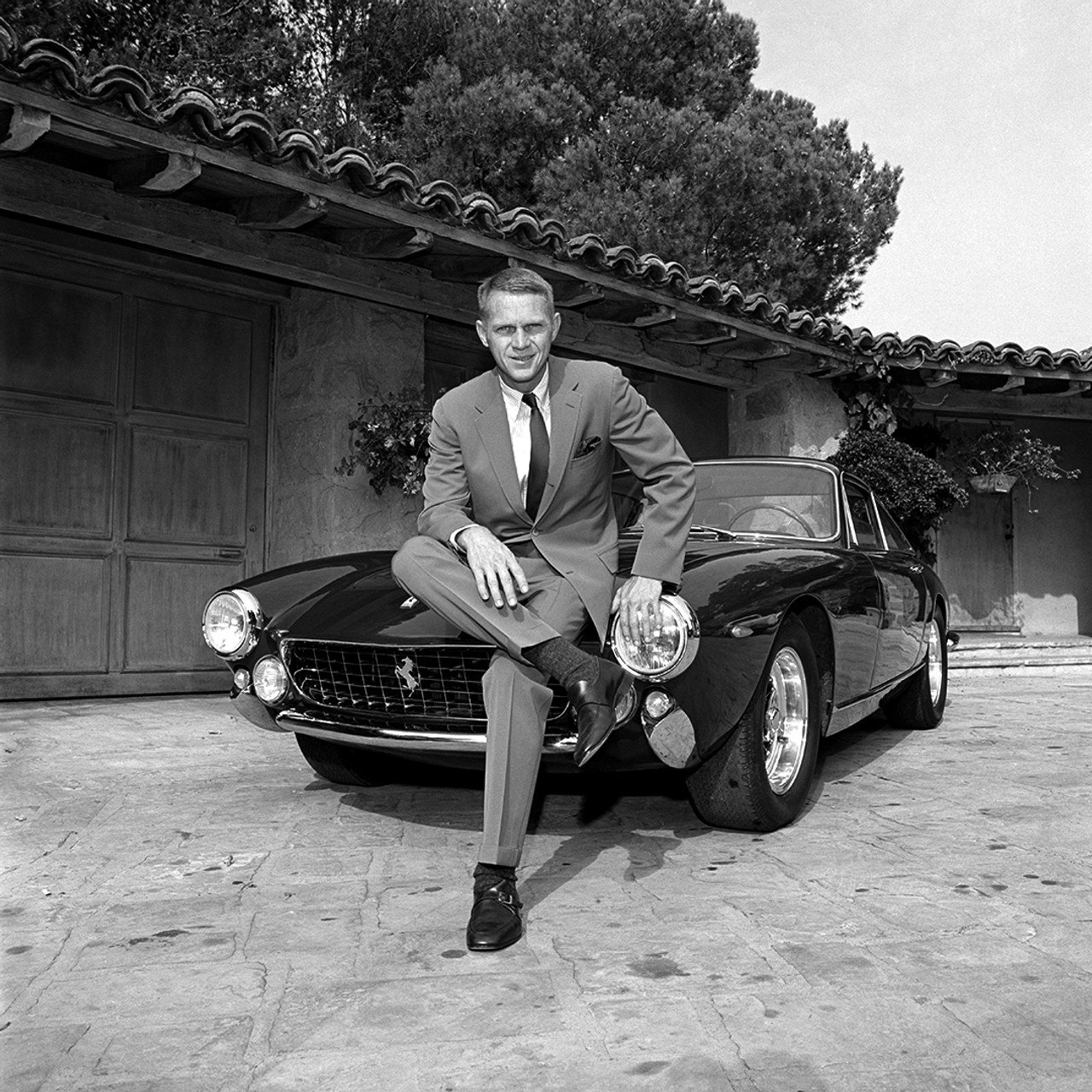The Christmas Miracle that saved Ferrari
Written by Gary Axon
As the challenging year of 2022 gradually draws to a close, so too does the 75thanniversary of one of a pair of post-war European sportscar-making greats. This past year every major global motoring venue and event celebrated the revered Ferrari marque’s first 75 years as a maker of brilliantly outstanding performance road cars, plus equally an impressive roll call of successes in the world of motorsport, be it in Formula One, endurance racing or the many other disciplines of the sport that the famed Prancing Horse has competed in.
Now with less than a month remaining of Ferrari’s official 75th birthday celebrations, as the Italians begin to remove the celebratory bunting and blow out the remaining birthday candles, it will be passing the 75th anniversary baton onto another great and significant sportscar marque: Porsche. The less emotional but efficient Stuttgart brand takes its turn to mark its own 75-year anniversary in 2023, a celebration, like Ferrari’s, that we will also be marking in a memorable way as part of its trio of motorsport events during 2023.
That both Ferrari and Porsche between them have arguably become the most significant post-war sportscar makers over the past 75 years, albeit with both parties taking rather different routes to achieve their aims and build enviable reputations and desirability. Although Ferrari and Porsche were sporting rivals virtually from their founding 75 years ago, both on the road and track, their approach and philosophies remained quite different.
Coincidentally, however, apart from the tenuous connection of both marques featuring a rampant horse on their logos, both of these cult sporting marques almost didn’t get going at all in their vital and very separate formative phases.
Apart from their contrasting approaches to building sportscars, in their home countries the names of both of their company founders – Enzo Ferrari and Ferdinand Porsche – were already familiar and respected amongst the local motoring fraternity, long before either of them had built a car graced with their own names. I will come back to Porsche early next year when the Stuttgart marque officially turns 75 to regale you with the story of how the marque almost fell by the wayside.
For the moment, however, and given the time of year, I will concentrate on Enzo Ferrari and the Christmas miracle that made his automotive dream come true. Although neither an outstanding engineer or a notably talented racing driver, Enzo Ferrari had built a solid reputation on his ability of spotting and employing people with exceptional talents. He poached the most gifted personnel from Fiat, for example, such as the brilliant technical designer, Vittorio Jano, who created Alfa Romeo’s first winning grand prix car, the all-conquering P2.
With a life-long fascination for motorcars, at the age of just 27 Enzo Ferrari joined Alfa Romeo in 1919, initially an average racing driver for this Milanese team, gradually working his way up to a factory works engineer and ultimately, the highly successful manager of Alfa Romeo’s dominant pre-war competition team, racing under his Scuderia Ferrari Prancing Horse insignia. The Scuderia Ferrari-run Alfa Romeos took no less than four consecutive Le Mans victories, from 1931-34, plus six Targa Florio wins, and an unequalled eleven Mille Miglia victories for Alfa on Italy’s most demanding road race.
Hence, the Ferrari name already carried a certain positive notoriety, both locally in Italy, plus more widely across Europe, when Enzo retired from Alfa Romeo in 1939, aged 47, to set up on his own and prove his credentials under the Auto Avio Construzione (AAC) heading. AAC was located just south of Modena and founded under the strict agreement with his former employers at Alfa that he would not build competition cars or compete in motor racing for a minimum of five years. Coincidentally the late 1939 timing of the outbreak of the Second World War enabled Ferrari to honour this non-racing agreement with Alfa Romeo, because no organised motorsport took place during the five-year war.
With the combination of his pre-war Scuderia Ferrari racing achievements with Alfa and his memorable Prancing Horse symbol on a bright yellow background being widely known, when the hostilities eventually ceased in 1945 Enzo was understandably keen to capitalise on his enviable reputation and name. He was now free and able to return to motor racing and trade under his own name; rather than the more anonymous AAC heading.
Ferrari was soon building competition cars again under the Scuderia Ferrari banner, his first two cars being commissioned by his ex-Scuderia Ferrari Italian drivers Alberto Ascari and the Marchese Lotario Rangoni Machiavelli before Ferrari was founded. Enzo’s first few months of trading under his own name in 1945 though saw Ferrari uncharacteristically low and uncertain of his long-held ambitions. The ravages of the war had totally changed the dynamics of the marketplace, with the patronage he had once enjoyed before the hostilities now in war-torn Italy all but disappearing.
With very little demand post-war for expensive, hand-crafted racing cars in a country that had sided with Nazi Germany during the conflicts and finished up on the losing side, by the winter of 1946 Enzo had virtually given up on his dream of producing his own cars and resigned himself to just eking a living in the machine tool business. Even that wasn’t looking too hopeful, though, as the tooling he had was by then old and obsolete, and he had insufficient funds to be able to update this and compete effectively post-war.
With Enzo Ferrari distraught, at an all-time low and about to give up his automotive dream, an unexpected Christmas miracle happened. On Christmas Eve 1946, he received a phone call from Luigi Chinetti, an old Italian friend, racing driver and former colleague at Alfa Romeo. Hearing that Enzo was on the brink of totally abandoning his dream of becoming a sportscar producer, Chinetti (by then based in the USA where he had remained for the duration of the war, after managing the Maserati team at the 1940 Indianapolis 500 race, but visiting Paris with his family at the time) asked to meet Ferrari as soon as possible to discuss an idea.
Over that chilly yuletide, Chinetti drove with his family the 500-mile journey overnight from the French capital down to Modena to meet with Enzo on Christmas morning in his cold and poorly-lit workshop (Ferrari being notoriously frugal, with no heating in his office and illumination given by just a single bare lightbulb).
During his time in the USA, Chinetti had taken American citizenship and made some potentially very useful connections with a group of wealthy American sportsmen, from which he knew there would be a demand for bespoke, expensive hand-built Italian sportscars to race; the sort that his old friend Ferrari could build for them, with Chinetti helping to spread and grow the legend of Scuderia Ferrari to a fascinated and rich American audience.
A natural salesman, the exuberant Chinetti managed to convince Enzo that the potential market for his thoroughbred and costly sportscars lay not in Italy, nor in Europe as a whole, but rather further afield in the USA. Enzo listened increasingly attentively to Chinetti’s promising thoughts and proposals. By Boxing Day morning, his old Alfa Romeo colleague’s plans for Ferrari’s resurrection had been so clearly and temptingly laid out that Enzo took a chance and agreed to Chinetti’s vision, this effectively made Luigi Chinetti Ferrari’s saviour. Without him, the legendary Maranello marque as we know it would probably have never existed.
Very shrewdly, Chinetti’s proposal had an inevitable catch, him agreeing a deal with his old colleague Enzo to be given the exclusive rights to sell Ferraris in the United States, to help show a real leap of faith and confidence in his idea. Just six months after that historic Christmas meeting in Enzo’s freezing Modena office, Ferrari had delivered almost 30 brand new cars to the USA. They were all sold to wealthy American clients by Chinetti from his well-located New York showroom; these sales helping to fund the racing cars that Enzo was so keen to build (his self-declared interest in road cars being minimal to non-existent, beyond the sale of them helping to fund his true love of motor racing).
As Ferrari’s Festive saviour, Luigi Chinetti quickly became a major influence in the new marque’s fortunes, acting as a trusted sounding board to Enzo. He helped to convince Enzo to build cars suitable for both road and track use, such as the glorious 12-cylinder 166 MM Barchetta, for example. In 1949, Chinetti majorly enhanced Ferrari’s reputation, both in the lucrative USA and globally, by racing and taking the chequered flag with consecutive wins in the 12 Hours of Paris race at the fabled banked Montlhery circuit, the Spa 24 Hours. Perhaps most significantly, Chinetti heroically drove 23 hours 1949 Le Mans 24 Hour race in a Touring-bodied 166 Barchetta. This would be the first of numerous prestigious Ferrari victories at the famous Sarthe circuit, but Chinetti’s third win out of eight attempts in the challenging French endurance race.
Steve McQueen
Chinetti also convinced Ferrari to build more practical road cars (with boots) to satisfy a growing demand from his wealthy American clients; with the gorgeous Farina-bodied 166 S Cabriolet being the first of many of these. Eventually, to acknowledge the importance of Chinetti’s influence and sales success in the key USA market to Enzo, numerous early Ferrari models were named ‘America’ (340 America, 410 SuperAmerica) and ‘California’, with Chinetti also famously establishing the North American Racing Team (N.A.R.T.) to create a number of bespoke special Ferraris for his own clients. These included five now highly collectable soft top 275 GTS/4 NART Spyders that Enzo refused to build, made for favoured regular customers such as the cult Hollywood actor and car enthusiast Steve McQueen.
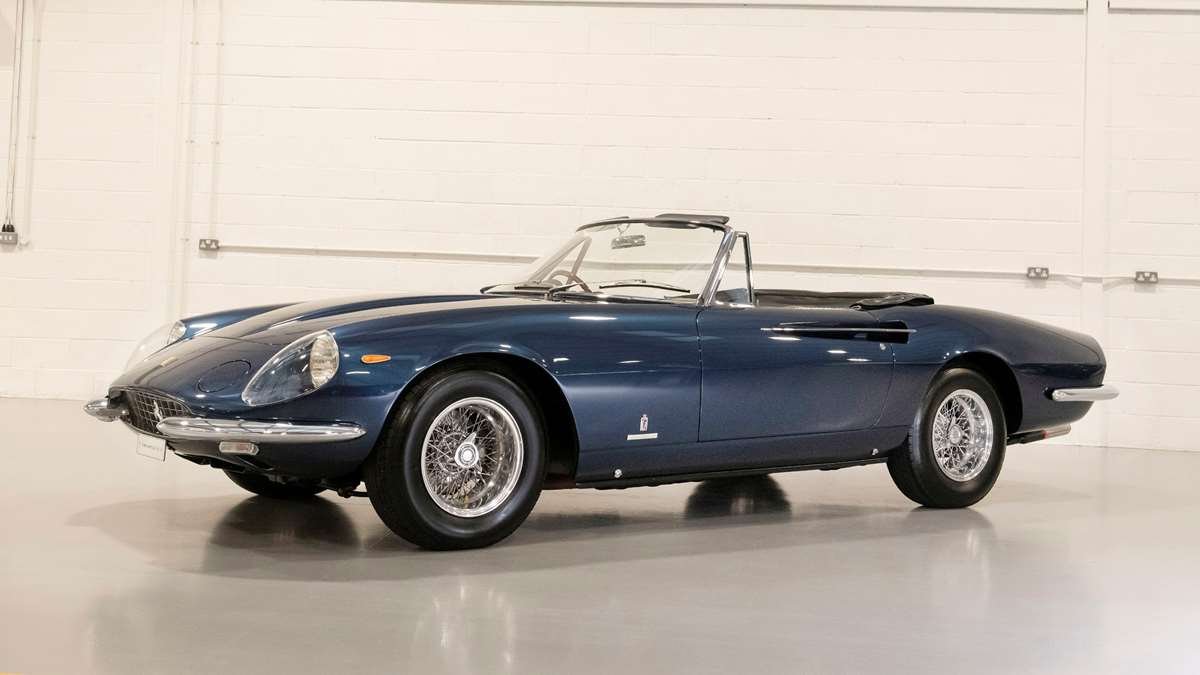
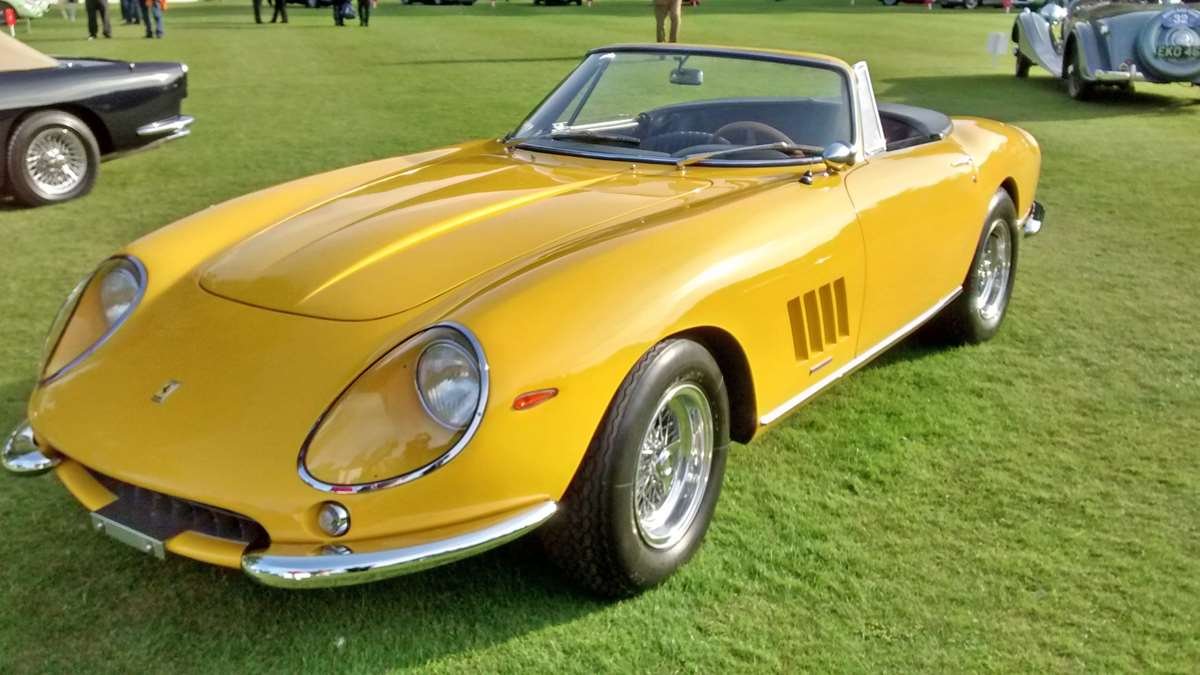
The Ferrari marque would of course go on to become the most famous and sought-after of all, through such legendary models as the 212 Inter, 250 GTO, 250 GT California Spyder, 500 SuperFast, 275 GTB, Dino GT, ‘Daytona’, 512 BB, F40, Enzo, and so on. And all because of a life-changing meeting in Modena on a cold Christmas Day morning.
I hope you have a very Merry Christmas, and if Santa doesn’t bring you one of Maranello’s finest, I hope at least that you have a safe and happy time surrounded by the ones you care for. Thank you for reading the Anorak throughout 2022, and see you again for more Axon’s Automotive Anoraks in 2023.
